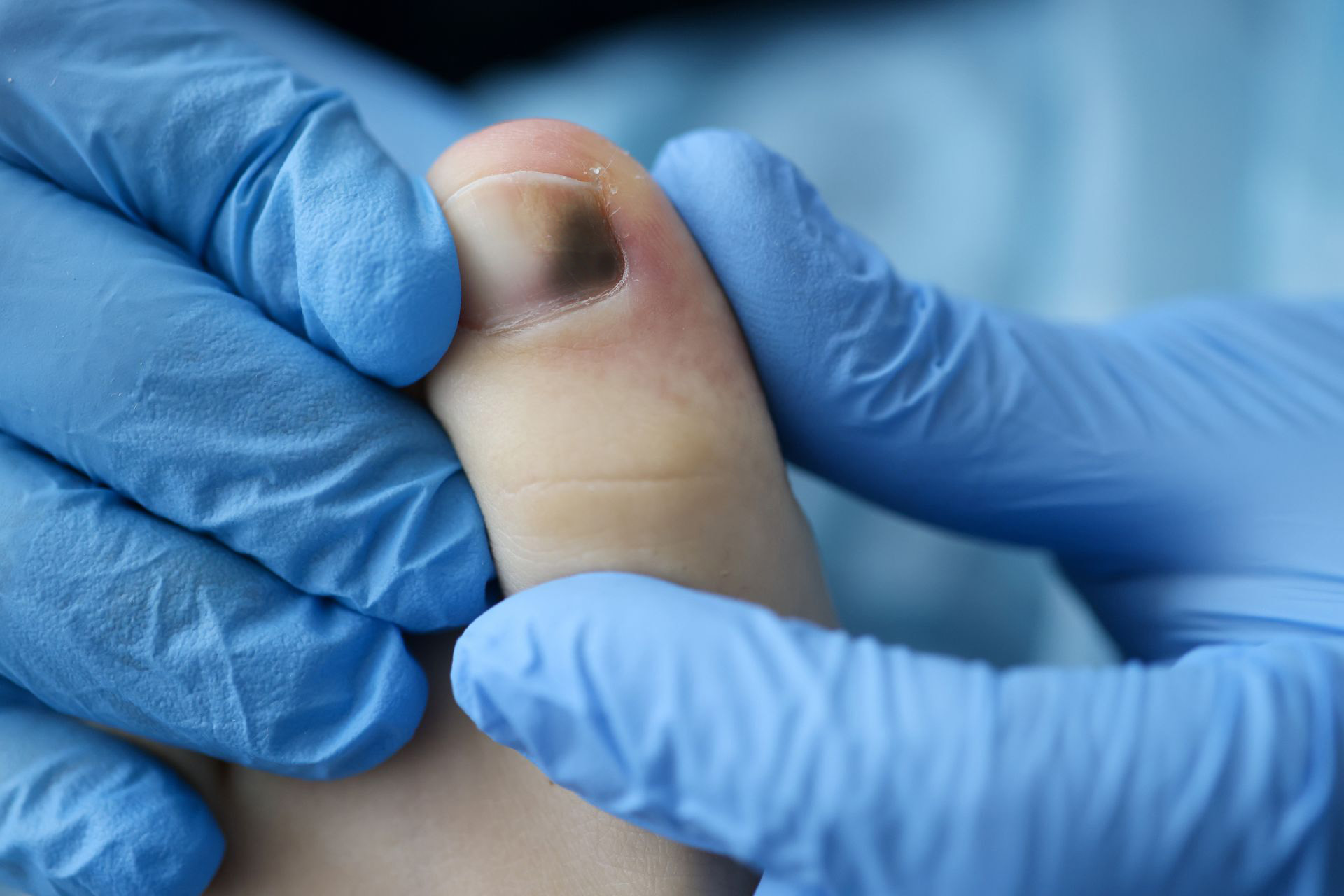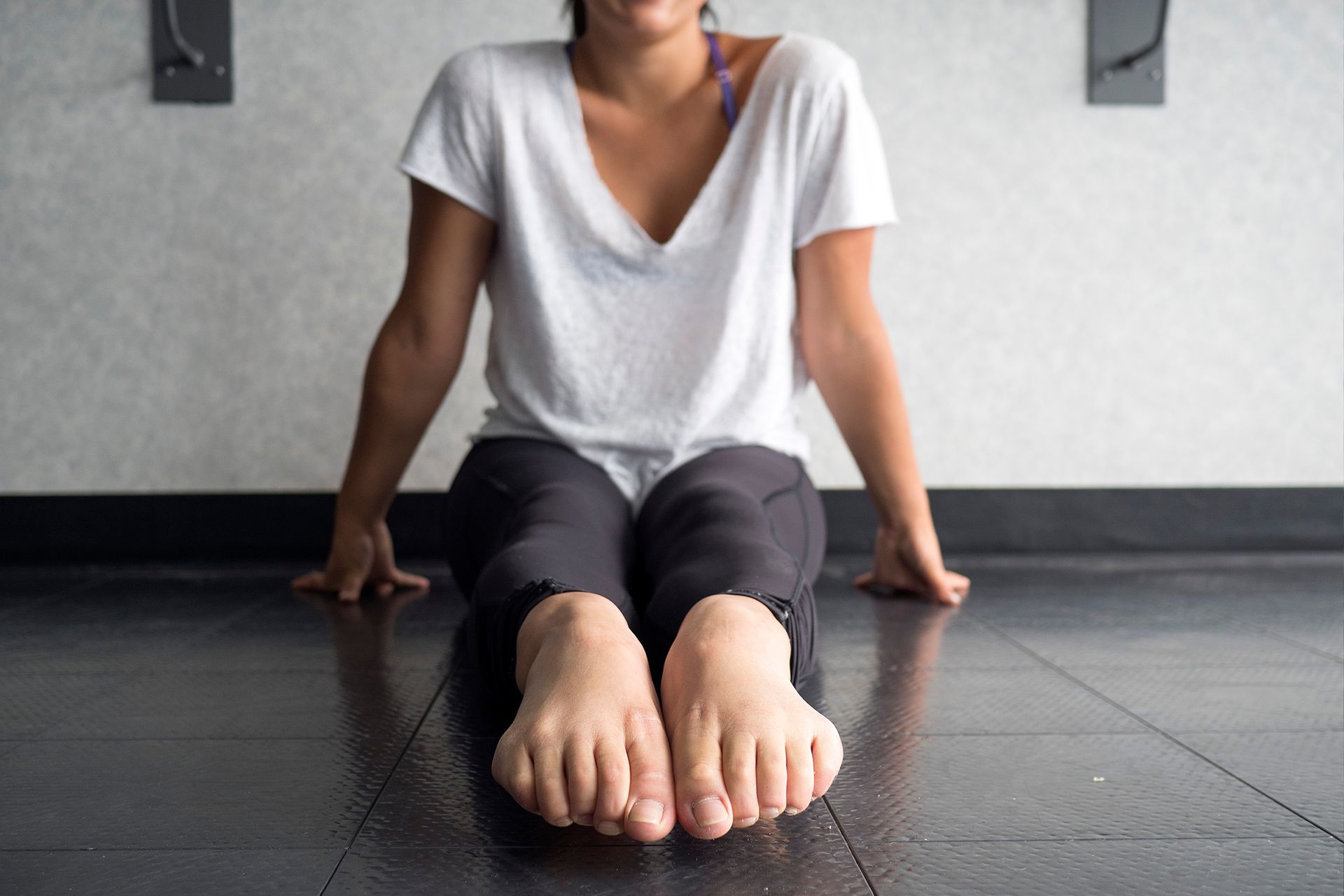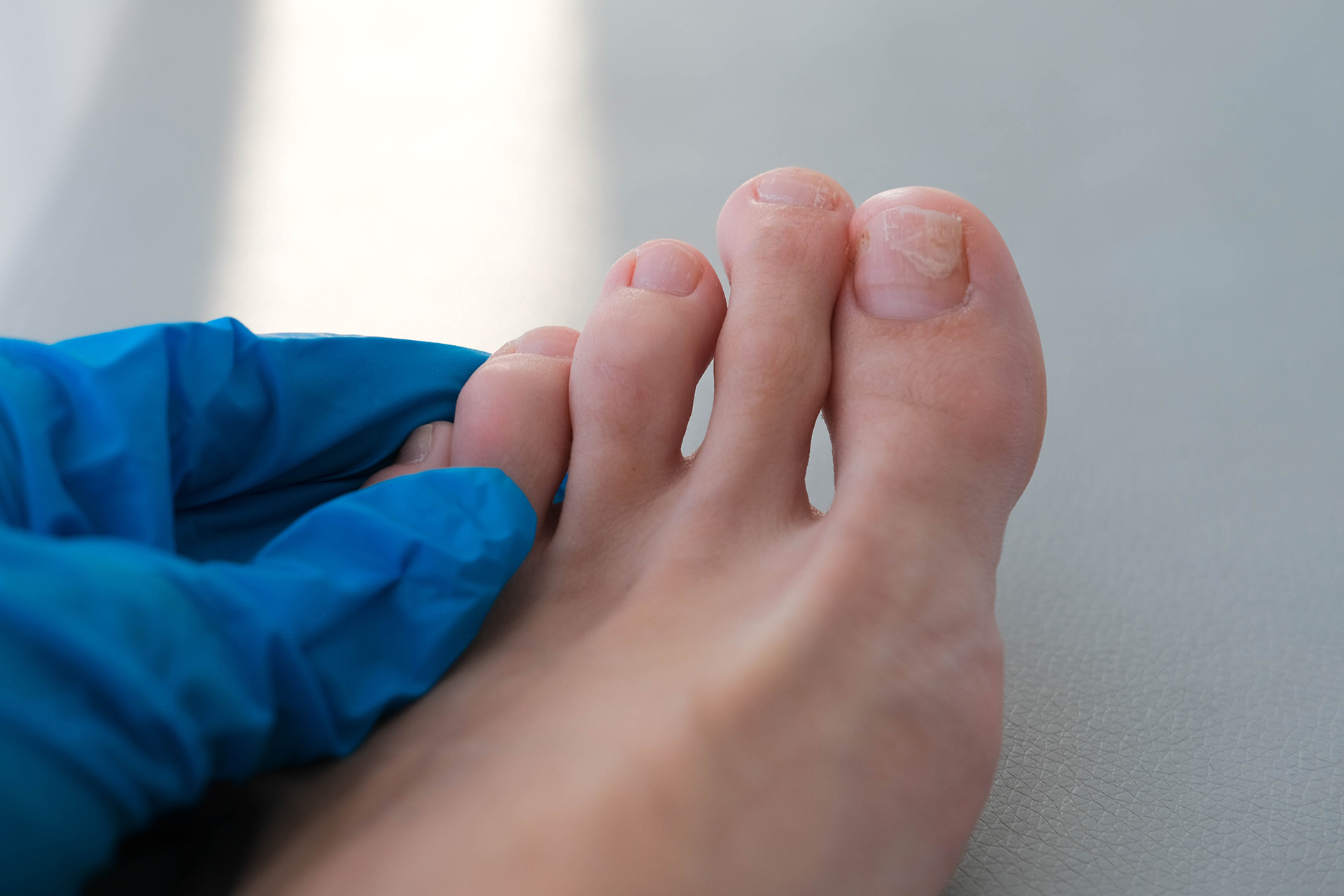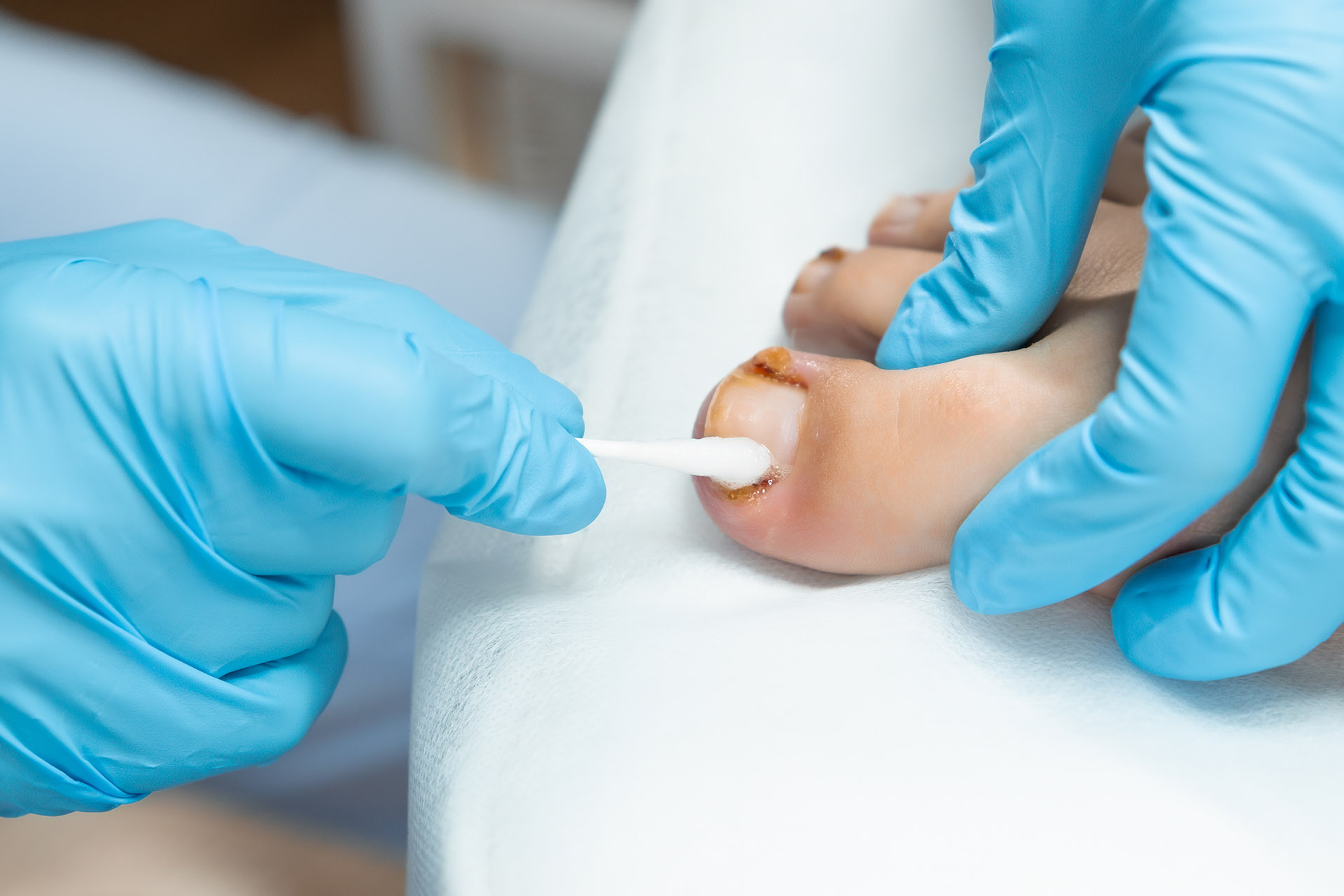You may not be alone in noticing that your toenail is turning black. There are a range of different causes that can lead to toenails turning black, including repetitive trauma, underlying health conditions, and, for many, fungal infections. Learn what causes black nail fungus to arise and what you can do about it.
Why Is My Toenail Black?
Black toenails can be caused by many different conditions. They’re especially common for runners, as they can arise after repeated trauma on the toe damages the toenail. In some cases, they can result from other conditions, like melanoma, a skin cancer that develops beneath the toenail; diabetes, where poor circulation leads to changes in nail colour; or peripheral arterial disease, where poor blood flow to the foot leads to discolouration.
But in many cases of black toenail fungus, the answer is onychomycosis.
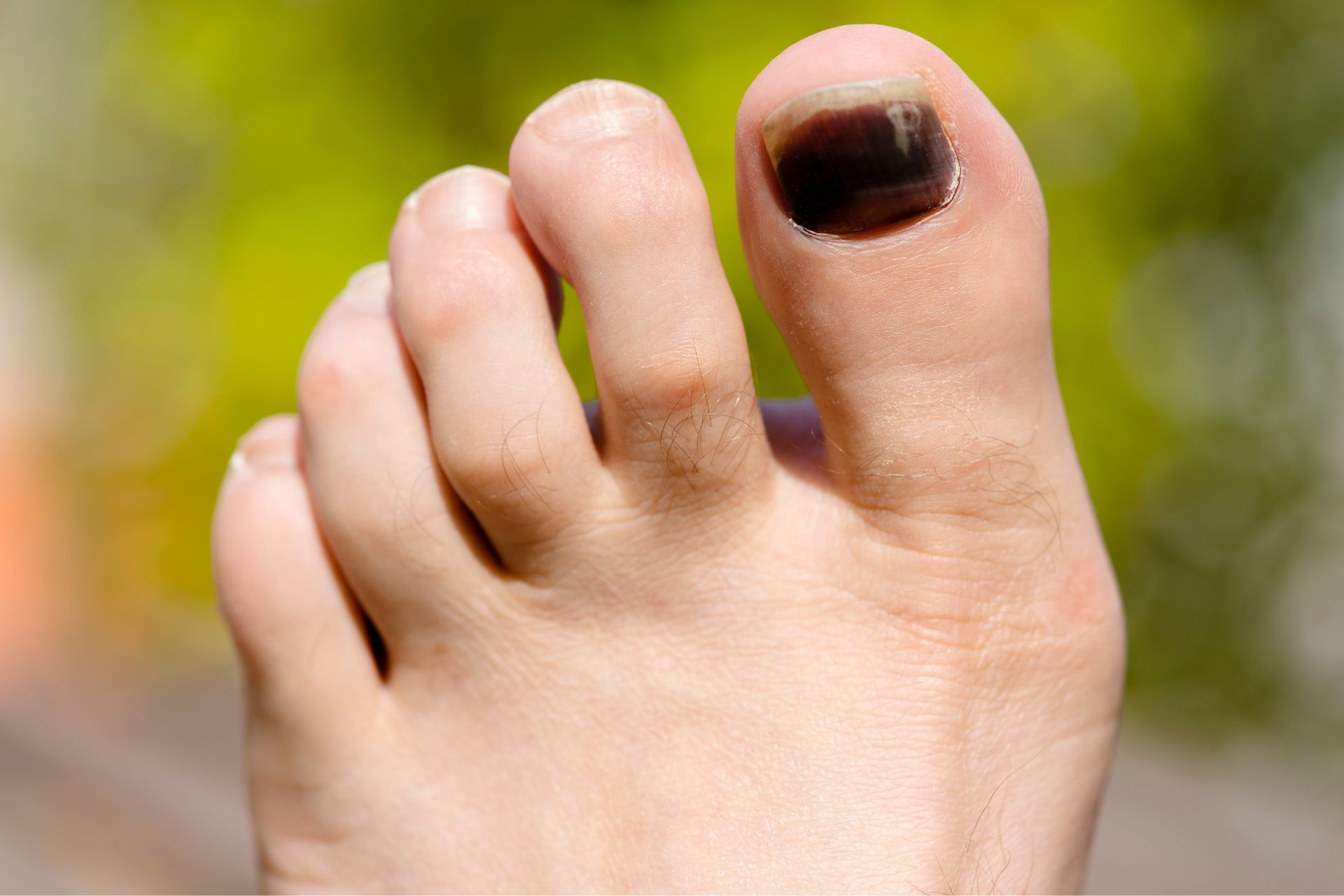
Sometimes, runners view black toenail fungus as a badge of honour, a rite of passage certifying that they have started to become serious runners. But they would be wrong. Onychomycosis is a fungal infection beneath the nail that grows and leads to discolouration of the toenail. It can also make the toenail thick and brittle. This is not something you want as a runner, as it can lead to further complications down the line.
Why Do Runners Get Black Toenail Fungus More Often?
A few major reasons runners are more likely to develop black toenail fungus. The first being that the repeated impact of the toe against the inside of the shoe can lead to entry points for fungi. The damage accumulated can grant fungal infections a way into the toe because the toenail is battered. The most common cause of fungal infections is dermatophytes, yeasts or moulds. These fungi thrive in warm, moist environments, which is the permanent state of a runner’s shoe if left unattended. Poor hygiene can have an effect, or reusing old socks. These are all things that frequently affect runners, making fungal infection of a black toenail a likely bane.
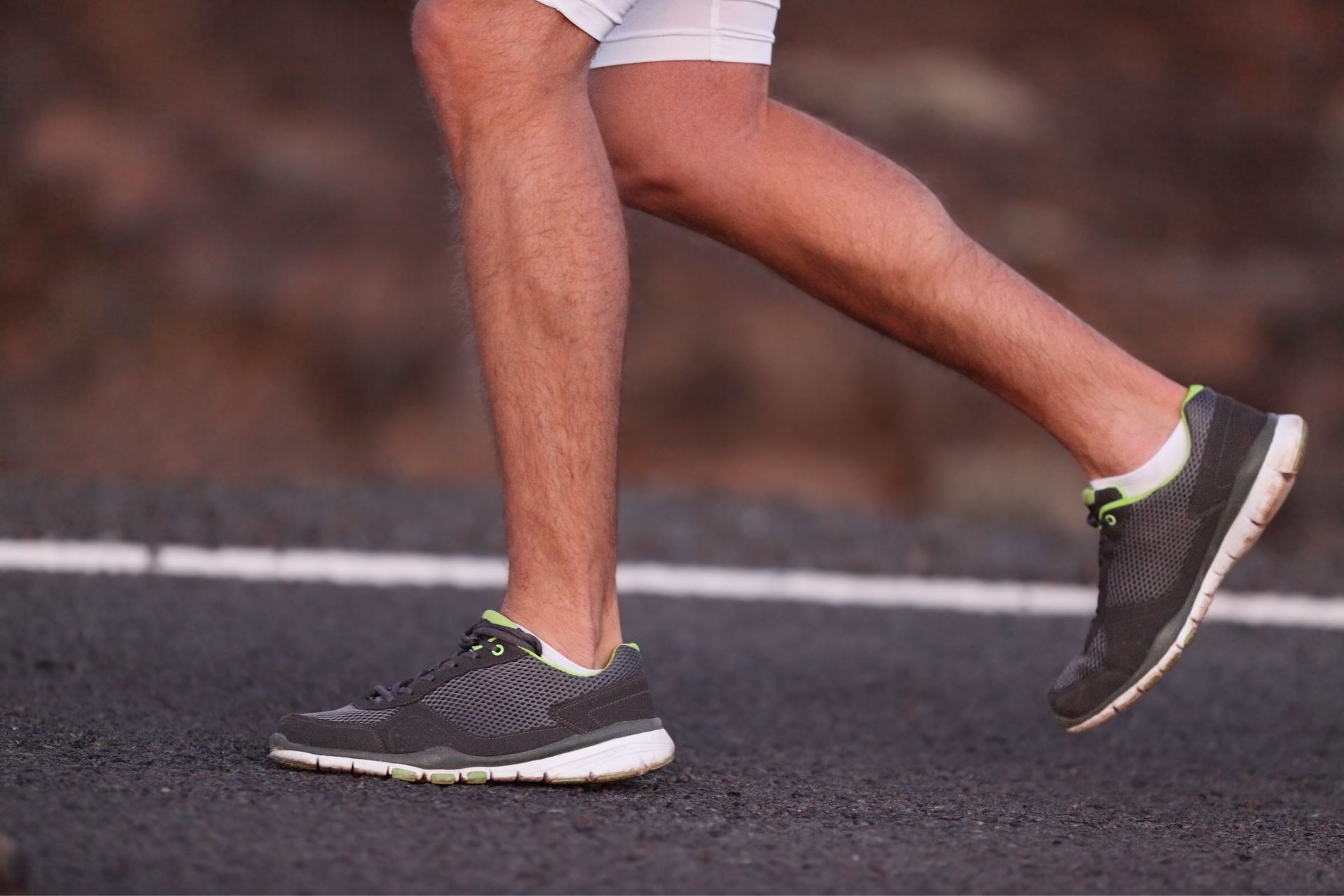
Of course, black toenail fungus is not limited to runners. As mentioned, people with diabetes, peripheral vascular disease, or other conditions that affect circulation are also at higher risk for black toenail fungus.
The symptoms of a fungal infection go beyond an aesthetic change in the toenail. The toenail may not always turn black. It can turn brown, yellow, or green. It can also do the opposite and lead to overly white toenails. Frequently, the nail’s texture will change, becoming thick and hard to trim. Or, it may become brittle and crumble easily. Similarly, the shape of the nail may change entirely and become unnatural. And if the situation gets bad enough, a fungal infection of a black toenail can release a foul odour.
What Do I Do About A Black Toenail?
The first thing you want to do is get a diagnosis from a medical professional. They will likely do two things: conduct a physical examination of the toenail and take a sample of the nail for a laboratory test. The latter is important because it will help them understand the fungus itself and what path forward makes the most sense.
From there, they’ll offer a range of intervention strategies. They could provide topical treatments to be applied directly to the nail, though this depends on whether the fungus is above or below the nail. If it’s below, a topical treatment won’t be helpful as it can’t tackle the fungus directly. Some oral medications can be beneficial in those cases, but it’s not unlikely that the nail has to be removed to allow direct treatment. They may also offer you home remedies, like vinegar soaks or tea tree oil applications. However, these should only be done with a healthcare provider, like a podiatrist, advice and guidance.
A podiatrist can be a key part of handling black toenail fungus. For example, they can offer nail debridement if the toenail is thick. The podiatrist can trim and thin the affected toenail to reduce thickness and relieve discomfort. This can also improve the effectiveness of topical treatments by allowing better penetration of the medication. A podiatrist can also provide tailored advice for preventing the condition from arising again or springing up in your other toes.
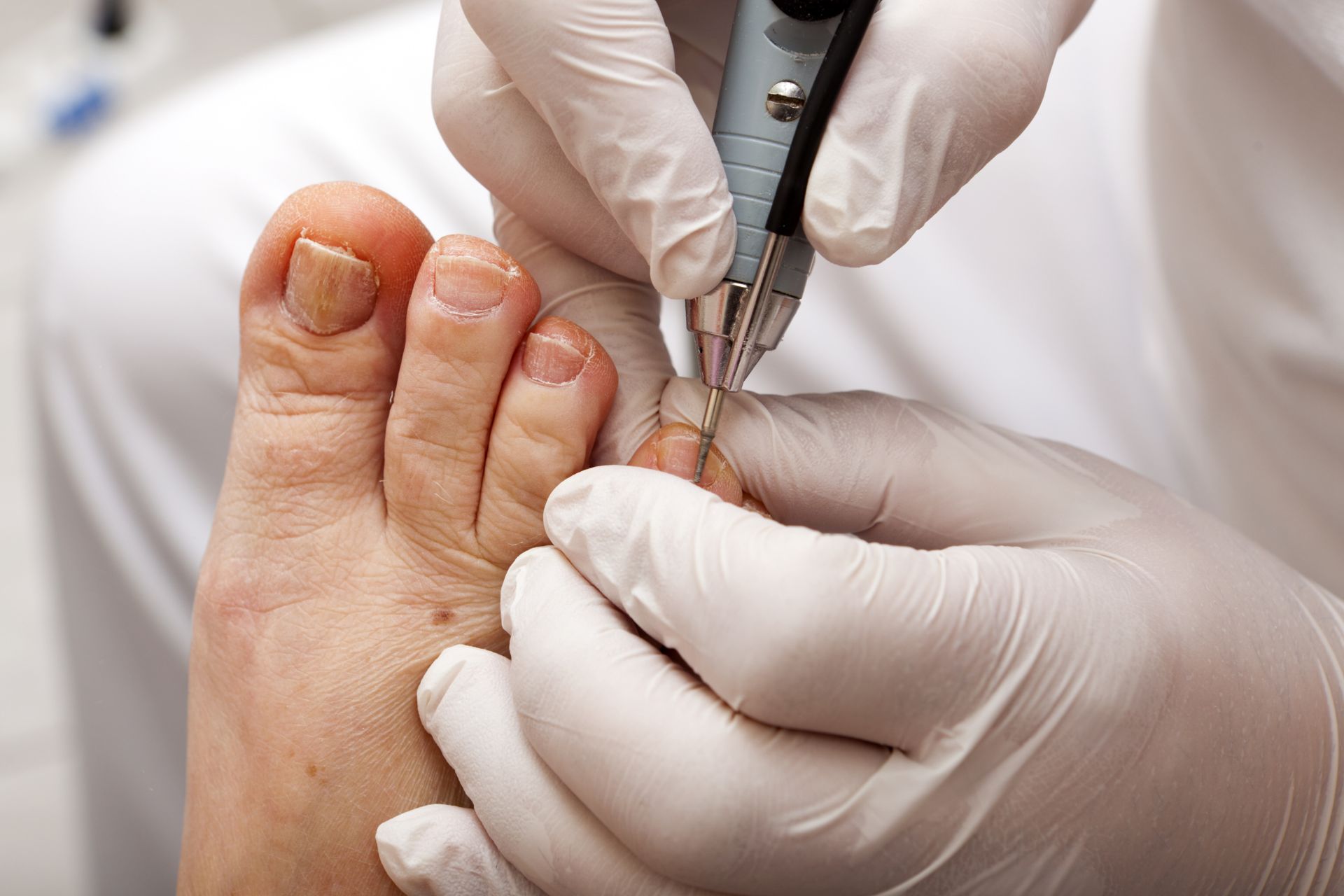
While prevention strategies may vary from person to person and depending on the activity level, some simple tips prevent black toenail fungus from taking hold of your foot. Keep your feet dry and dry thoroughly after washing. Wear proper footwear that’s breathable and fits properly, with moisture-wicking socks underneath. Keep your toenails trim and avoid being barefoot in communal areas like locker rooms and showers. Disinfect your foot care tools like nail clippers and other pedicure tools.
If you’re concerned about black toenail fungus or have already developed the condition, a podiatrist can be an important part of your foot care team. If your black toenail hurts, seek medical attention immediately. The best person to have your side in this fight against black toenail fungus is a podiatrist, so call The Foot Practice today to get the best help from our expert podiatry team.

